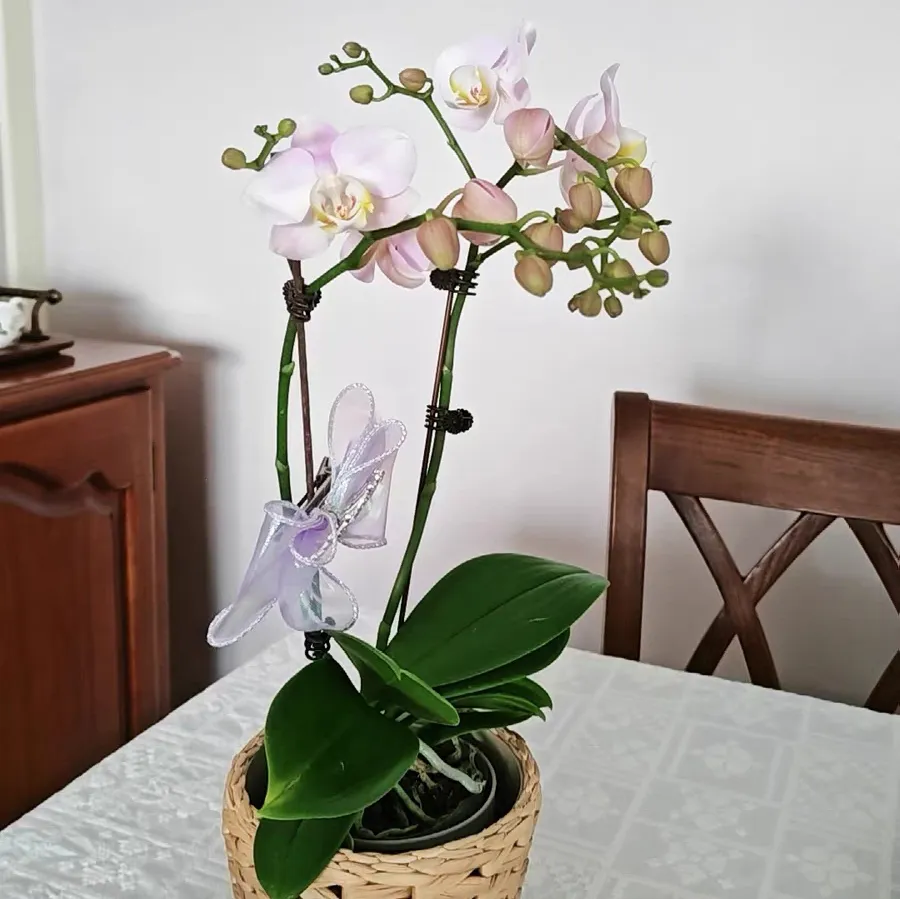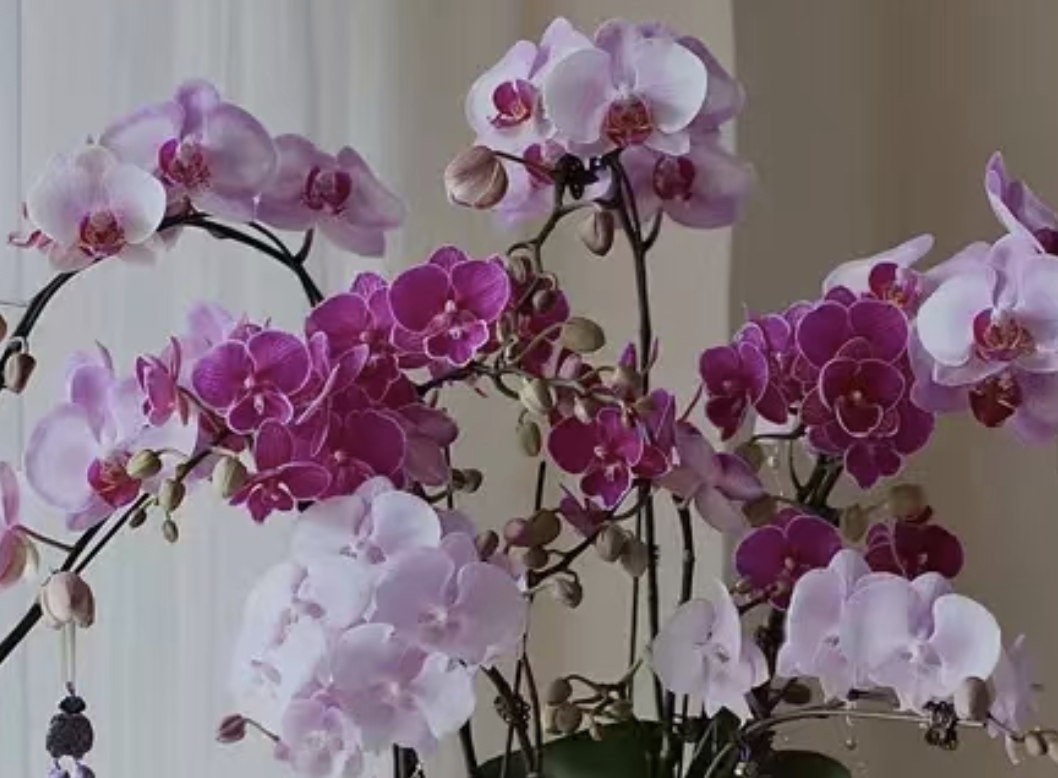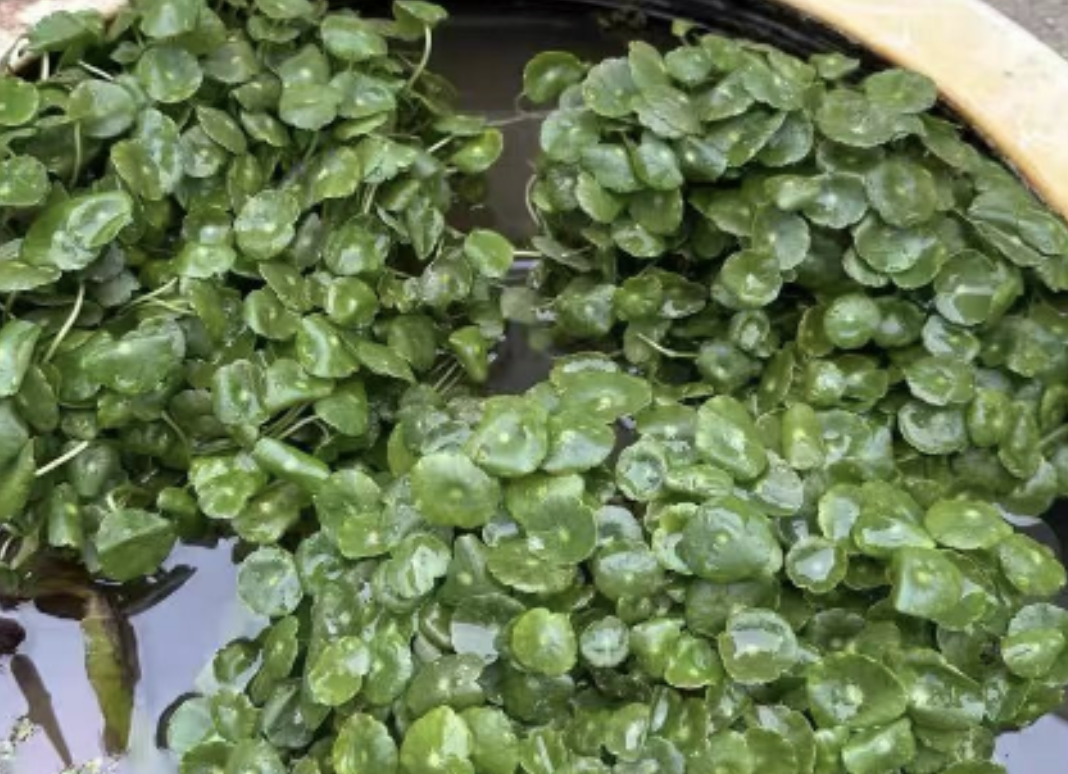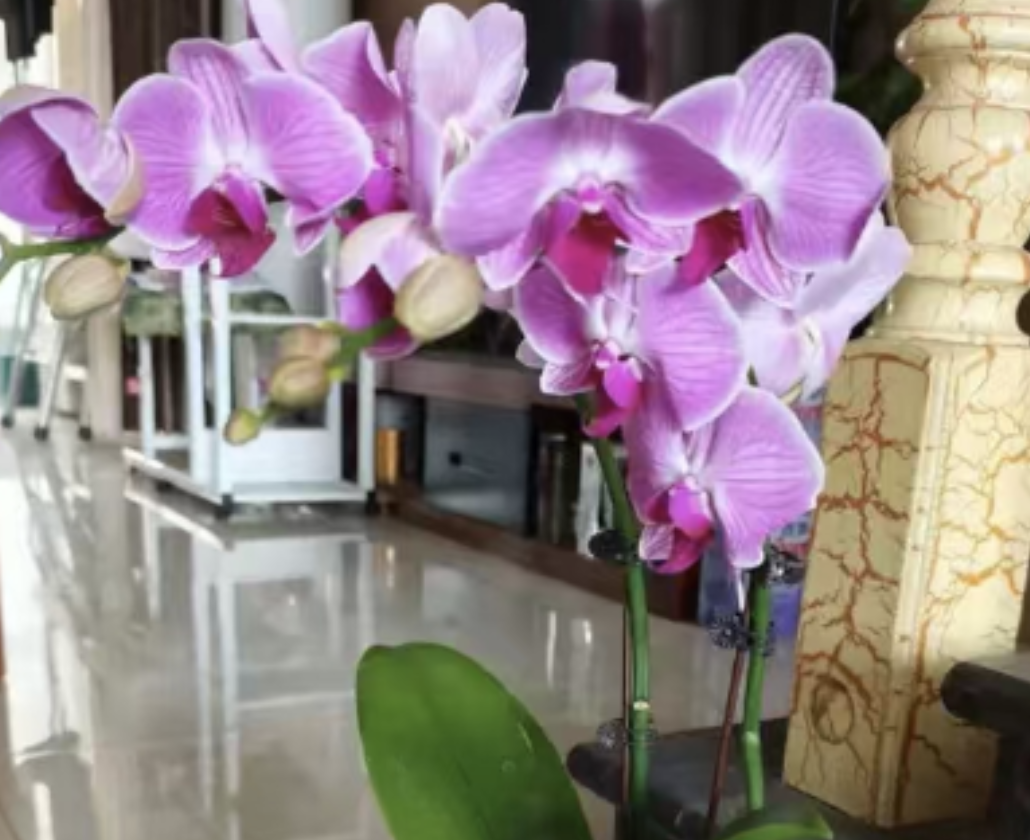What is the most feared thing when growing Phalaenopsis? It’s莫过于精心浇水后,花瓣突然蔫巴巴、没精神。究其原因大概率是浇水太多烂根了!根系受伤没法吸水,花瓣自然就耷拉了~ 今天手把手教大家蝴蝶兰浇水后花瓣蔫了养护指南。
Why do petals wilt after watering?
Phalaenopsis has fleshy aerial roots, which are extremely afraid of waterlogging! Once watered too frequently or the sphagnum moss accumulates water, the roots will lack oxygen, turn black and rot, and thus be unable to absorb water and nutrients. As a result, the petals and leaves will wilt and soften due to "supply interruption", and in severe cases, the entire plant may wither. A common mistake made by beginners: thinking that wilted petals mean a lack of water, so they water as soon as the petals wilt. As a result, the more they water, the more the roots rot, falling into a vicious cycle!
Control water and enhance ventilation
Once you find the petals wilting, stop watering immediately! Move the flowerpot to a cool, ventilated place with scattered light (such as behind the window screen). Do not expose it to direct sunlight or keep it in a closed environment. You can place a small fan around the flowerpot to blow gently, accelerating the evaporation of accumulated water in the sphagnum moss and allowing the roots to "breathe" first~ At this stage, don't feel sorry for the wilted petals; saving the plant is the top priority!
Check the roots
After the sphagnum moss has dried slightly, take the plant out of the pot to check the roots (be gentle, do not break the healthy roots):
- Healthy roots: white or light green, plump and shiny, hard and elastic to the touch;
- Rotten/diseased roots: black, sticky, soft, even with a rotten smell, and fall off with a light touch.
Treatment method: Use disinfected scissors (wiped with alcohol) to cut off all rotten and empty roots until the healthy root sections are exposed. Don't repot immediately after cutting; place the roots in a ventilated place to dry for 2-3 hours, allowing the wounds to dry and scab to avoid secondary infection~
Replanting
After root rot, you must replace with fresh sphagnum moss! The old sphagnum moss has residual bacteria and rotten substances, so never use it again~
- Soak the new sphagnum moss in warm water in advance and squeeze out the excess water (the best state is that it doesn't drip when squeezed and is slightly moist);
- Spread a layer of slightly thick sphagnum moss at the bottom of the pot to fix it. Put the dried roots into the pot in a stretched manner, fill the surrounding with sphagnum moss, and press gently but not too tightly, leaving some gaps for the roots to breathe;
- Planting height: The pseudobulb (the "corm" above the roots) should be exposed and not buried in the sphagnum moss, otherwise it is easy to get stuffy and rot~
Watering method
Judge dryness and wetness: Insert your finger 2cm deep into the sphagnum moss. If it feels dry and hard, you can water it; if it is still sticky and wet, never water!
Watering skills: Water slowly along the edge of the pot to allow the sphagnum moss to absorb water evenly. Do not directly pour water on the petals and the center of the leaves (it is easy to rot the center); after watering, invert the pot to pour out the excess water at the bottom to avoid water accumulation.
Water quality and temperature: It is best to use rainwater or tap water that has been left for 1-2 days (to volatilize chlorine). The water temperature should be close to room temperature before watering. Do not water with cold water directly in winter, as too much temperature difference will stimulate the roots~
Environment optimization
Ventilation is key: Open windows for ventilation for 2-3 hours every day, or use a fan to blow at a low speed to keep air circulation. M muggy and humid conditions are a "hotbed" for root rot! But avoid direct blowing of cold wind (such as air conditioning vents, cold wind from windows in winter), which can easily冻伤花瓣。
Light should not be too strong: Phalaenopsis likes scattered light. Place it in a bright place without direct sunlight (such as an east-facing balcony, a living room window). Direct sunlight will cause the petals to dehydrate and wilt, and the leaves are also prone to sunburn~
Nutrition supplement
Phalaenopsis in bloom: Never fertilize when the petals are wilting! Fertilizing when the roots are weak will increase the burden, leading to fertilizer damage and root rot. It is better to stop fertilizing completely during the flowering period~
Rejuvenation after flowering: After the petals fade, cut off the flower stem and apply diluted phosphorus and potassium fertilizer once a month (such as potassium dihydrogen phosphate, in a ratio of 1:1000). Apply thin fertilizer frequently to help the roots and leaves recover and accumulate energy for the next flowering~
Final check
If the petals continue to wilt after controlling water and repotting, don't just blame watering. Check if it is due to the following reasons:
- Sudden temperature change: A sudden drop in temperature (below 15℃) or rise in temperature (above 28℃) will cause the petals to wilt due to stress;
- Pests and diseases: Check the back of the leaves and the roots to see if there are aphids or red spiders, or if the leaves have spots or rot. Treat them with Huahuashen (a kind of pesticide) or carbendazim in time;
- Aging sphagnum moss: Sphagnum moss will harden and become airtight after being used for a long time. Even if there is no root rot, it will affect water absorption. It is recommended to replace it with new sphagnum moss once a year~
Can Phalaenopsis survive if its petals wilt after watering?

Share with
Tagged in :




Leave a Reply